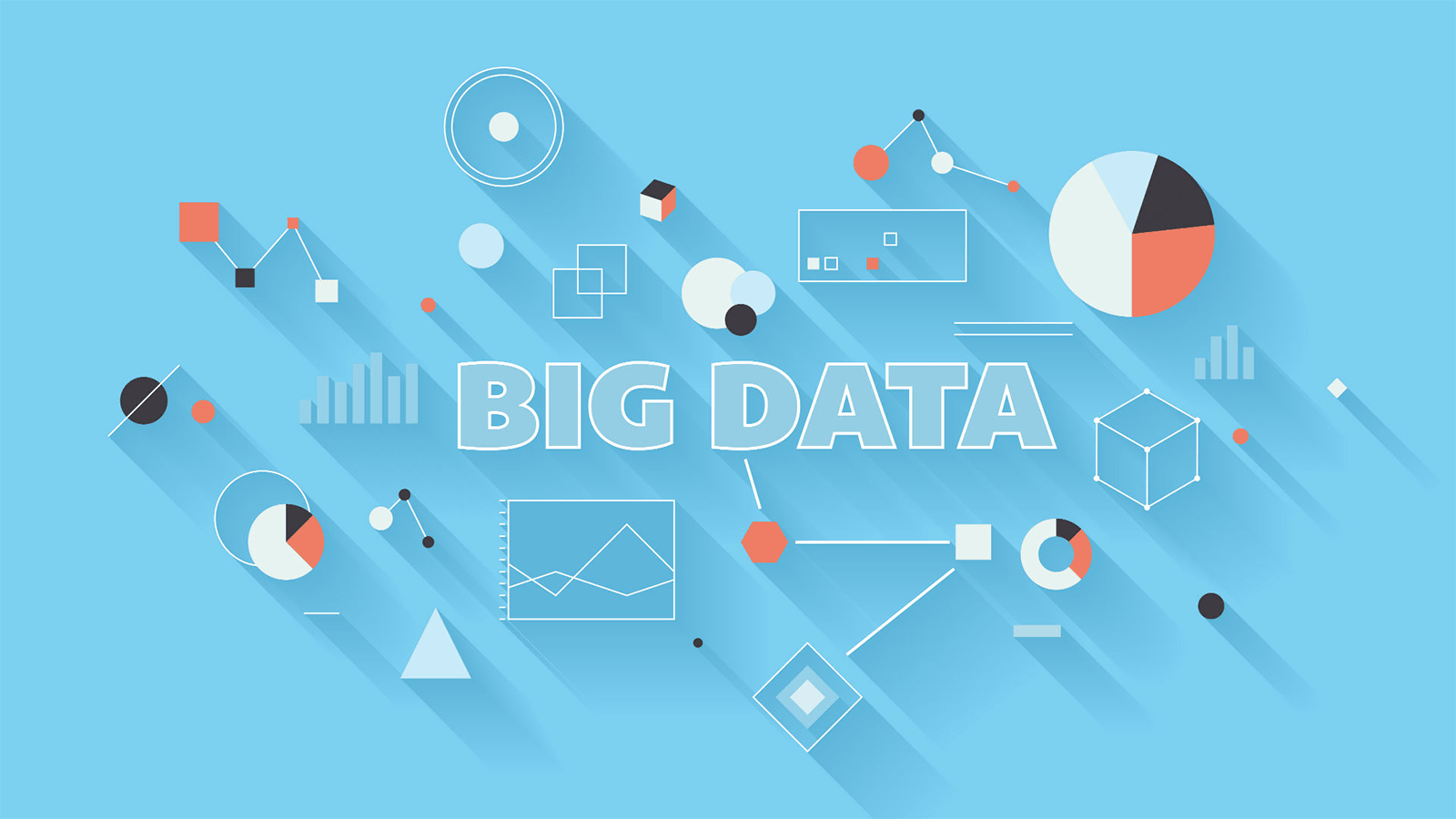
In today’s data-driven world, the ability to make sense of vast amounts of information has become paramount. Data analysis, the process of examining raw data with the purpose of drawing conclusions about that information, plays a crucial role in various fields ranging from business to science. By utilizing statistical methods, analytical tools, and visualization techniques, professionals are able to uncover valuable insights and make informed decisions.
Data analysis empowers organizations to extract meaningful patterns and trends from complex datasets, providing a solid foundation for strategic planning and problem-solving. Whether it’s forecasting sales trends, identifying customer preferences, or understanding disease patterns, the art of data analysis offers a powerful toolkit for transforming information into actionable knowledge. From uncovering hidden correlations to predicting future outcomes, the realm of data analysis continues to evolve, offering endless possibilities for innovation and discovery.
Exploring Data
In the realm of data analysis, exploring the data is a crucial first step. It involves delving into the dataset to uncover trends, patterns, and outliers that may hold valuable insights.
Through exploration, data analysts can get a feel for the characteristics of the data, its distribution, and any missing or erroneous values. Visualization tools play a key role in this stage, allowing for a more intuitive understanding of the data through charts, graphs, and plots.
By examining the data from various angles and dimensions, analysts can begin to form initial hypotheses and identify potential relationships between different variables. This process sets the foundation for more in-depth analysis and ultimately, the extraction of meaningful conclusions.
Drawing Insights
When diving into the world of data analysis, one of the key objectives is to draw actionable insights from the vast sea of information available. By carefully examining the patterns and trends within the data sets, analysts can uncover valuable information that may not be immediately visible at first glance.
Through the process of data analysis, connections and relationships between different variables can be identified. By recognizing these correlations, analysts can gain a deeper understanding of how various factors interact with each other and impact the overall outcomes. This insight allows for more informed decision-making and strategic planning based on concrete evidence rather than speculation.
Furthermore, data analysis enables businesses to anticipate future trends and make proactive adjustments to their operations. By leveraging historical data and predictive analytics, organizations can forecast potential outcomes and adapt their strategies accordingly to stay ahead of the curve. This forward-looking approach is instrumental in achieving sustainable growth and maintaining a competitive edge in today’s data-driven world.
Making Decisions
As we delve deeper into the realm of data analysis, the significance of making informed decisions becomes paramount. The art of data analysis empowers individuals and organizations to extract valuable insights from complex datasets, guiding them in strategic decision-making processes. Whether it’s identifying trends, forecasting future outcomes, or understanding customer behavior, data analysis plays a pivotal role in driving impactful decisions.
By leveraging advanced analytics tools and techniques, organizations can sift through vast amounts of data to uncover hidden patterns and correlations. This analytical prowess enables stakeholders to make data-driven decisions with confidence, steering their operations towards success. Moreover, the ability to visualize data trends through compelling charts and graphs aids in portraying insights effectively, facilitating clearer decision-making processes.
In today’s rapidly evolving landscape, the ability to adapt swiftly to changing circumstances is crucial. Data analysis equips decision-makers with the tools to swiftly assess situations, identify emerging trends, and make agile decisions in response. By embracing the art of data analysis, individuals and organizations alike can navigate uncertainty with clarity and precision, harnessing the power of data to drive impactful decisions.
